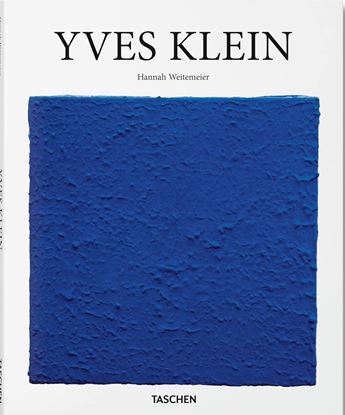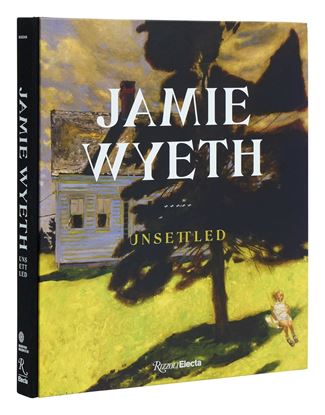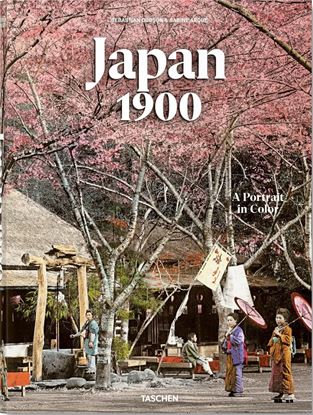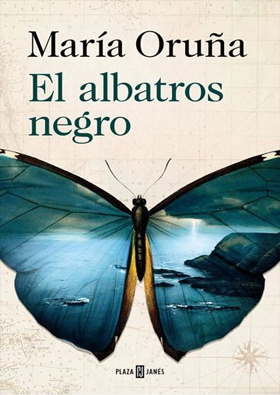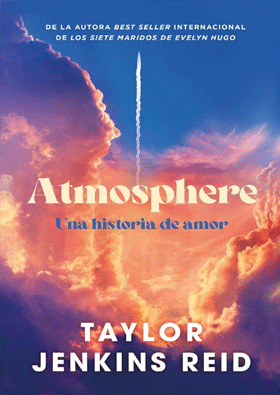

JACQUES DEVAULX. NAUTICAL WORKS (XL)
In the mid-1950s, Yves Klein (1928–1962) declared that “a new world calls for a new man.” With his idiosyncratic style and huge charisma, this bold artist would go on to pursue a brief but bountiful career, producing more than 1,000 paintings over seven years in an oeuvre now considered a mainstay of postwar modernism.Klein made his name above all with his large monochrome canvases in his own patented hue of blue. International Klein Blue (IKB), composed of pure pigment and binding medium, is at once rich and luminous, evocative and decorative, and was conceived by Klein as a means of evoking the immateriality and infinitude of the world. The works of this “Blue Revolution” seem to draw us into another dimension, as if hypnotized by a perfect summer sky. Klein was also renowned for his deployment of “living brushes,” in which naked women, daubed in International Klein Blue, would make imprints of their bodies on large sheets of paper.
5,995
4,796
JAMIE WYETH. UNSETTLED
A major monograph of the American realist artist, descendant of one of America’s most revered artistic families, and painter of dark and uneasy subjects.
This book traces a persistent vein of intriguing, often disconcerting, imagery over the career of renowned artist Jamie Wyeth (b. 1946), famous for his hyperrealist paintings of farm animals and Maine lighthouses. The focus in this volume is on the chilling thread that runs through his work, present but not overwhelming, and ever-evolving with his style and subjects. Whether he is introducing curious characters or surveying strange landscapes, Wyeth is at home with uneasy subjects and a master of the unsettled mood
2,995
2,396
JANIS JOPLIN
Janis Joplin ha pasado a la historia como un alma impulsiva y apasionada, un ser con un destino sentenciado por el dolor que generaba una de las voces más extraordinarias que ha dado la historia del rock.
La célebre autora y biógrafa Holly George-Warren fue elegida expresamente por el Janis Joplin Estate para escribir el libro definitivo sobre su vida y su música, un complejo retrato revelador y profundo de una artista extraordinaria. Así, los hermanos de Joplin, Laura y Michael Joplin, proporcionaron a George-Warren acceso exclusivo y privilegiado a miles de archivos, documentos, incluidas transcripciones, correspondencias, fotografías, entrevistas perdidas y recuerdos, así como el acceso directo a la familia, compañeros de banda y amigos de la cantante.
1,650
1,320
JAPAN 1900. A PORTRAIT IN COLOR (INT)
The Golden Age of Travel neatly overlaps with the reign of the Emperor Meiji, which began in 1868 with the overthrow of a feudal order that had kept Japan secluded from the outside world for more than 200 years. In the ensuing four-and-a-half decades, Japan became a less remote and more attractive destination for the international traveler and a popular subject for photographers, both Japanese and foreign.
6,700
5,360
JEAN-LUC GODARD
Casi las mismas decadas de insumisión y rebeldía que ha protagonizado Godard con su vida y obra lleva Paulino Viota estudiando ambas, desde el apasionamiento cinefilo y la devoción inteligente que siente por "el cineasta con mayor riqueza estructural de la historial del cine". Dividido en dos grandes bloques, este ensayo magistral y ya definitivo tras la reciente desaparición del cineasta pone en perspectiva todas las etapas de su mítica carrera, que arranca con la irreverente modernidad de los años 60, atraviesa la militancia política y el utópico deseo de fusión en lo colectivo, y desemboca, rayando el nuevo milenio y como colofón a una duradera y profunda reflexión sobre la mediación tecnológica, en ese estilo inimitable donde lo poetico acontece como posibilidad de una simultaneidad inedita entre imágenes y sonidos, materiales ya convertidos en "formas que piensan" la historia del cine y la del siglo XX, como ejemplifica a la perfección una de sus cimas, "Histoire(s) du cinema".
1,750
1,400



